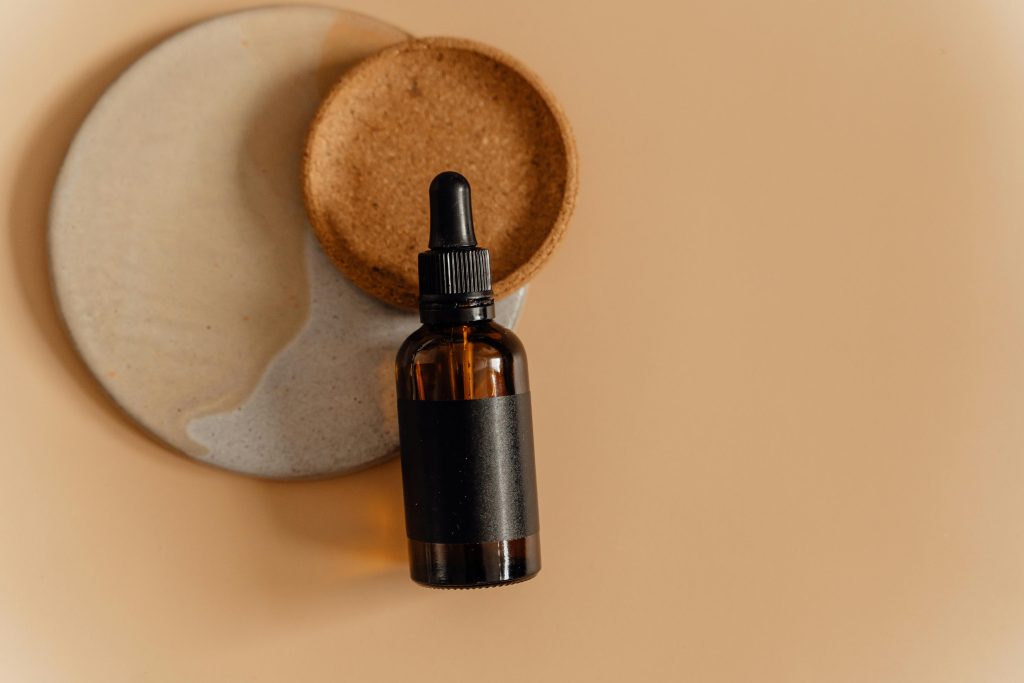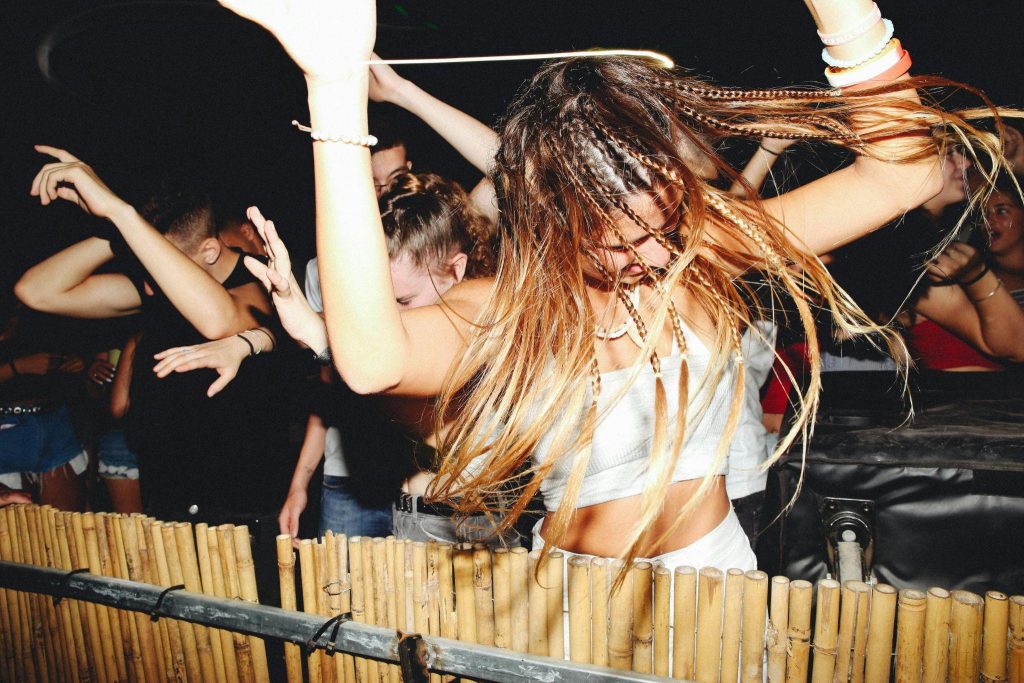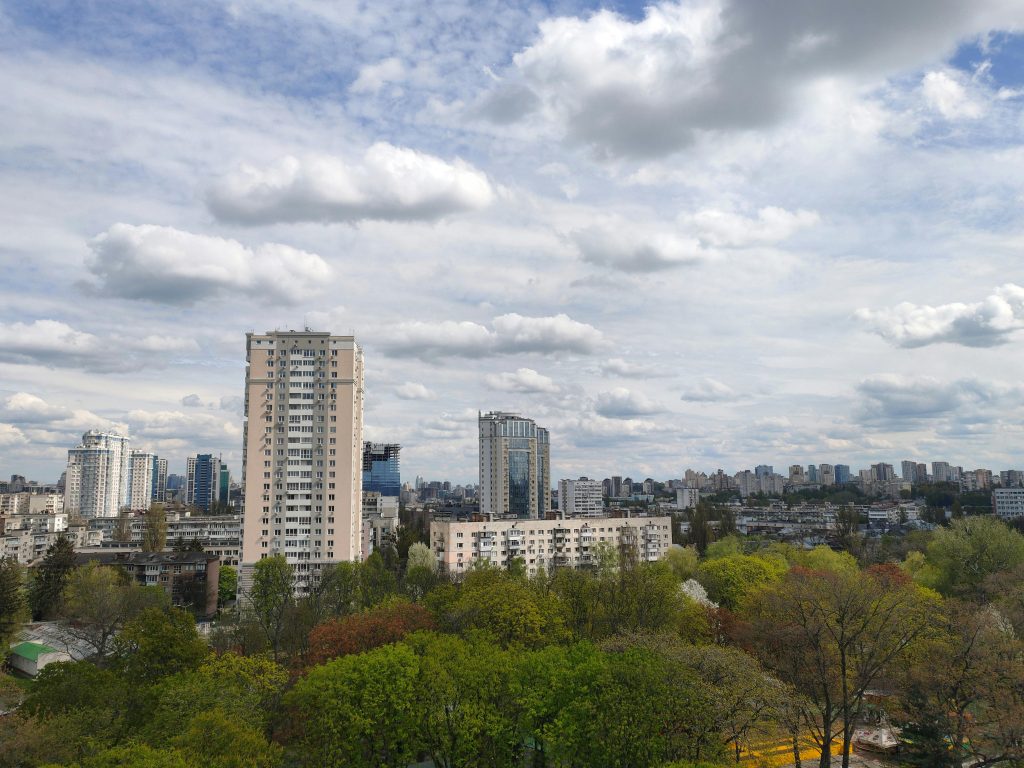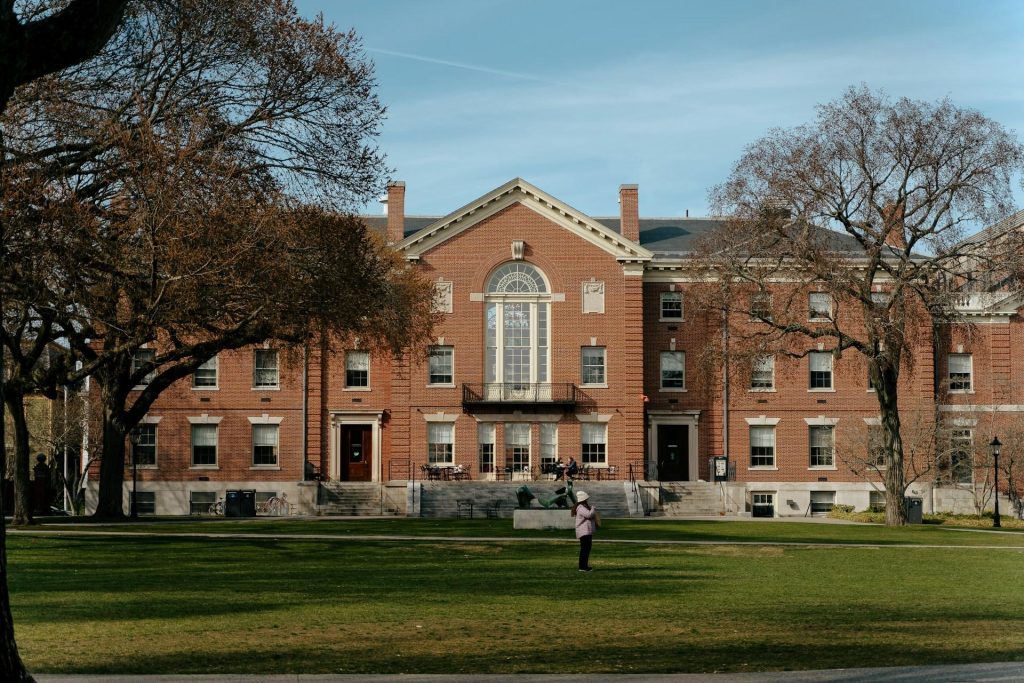What if a small brown bottle symbolized freedom, desire, and community? That’s the story of poppers, little bottles of alkyl nitrites that started out in the 19th century as a remedy for angina before becoming a staple of queer nightlife and sexual culture. According to researcher Adam Zmith, “poppers are probably more gay than not,” reflecting their deep embedding in gay men’s culture. In this piece, we’ll explore how poppers became tied to bodily freedom and queer identity, how they fostered body-positive sexual expression, and how they also carry real risks, and why both sides of that tension matter.
From Medicine to Liberation
Poppers UK have their origins in amyl nitrite, which was brought to the market by physician Thomas Lauder Brunton as a treatment for angina in the 1860s. They first became popular among gay men in the 1970s, when they moved from medical to recreational use, when they discovered their effects, especially their ability to relax smooth muscle and reduce tension in social or sexual situations. As Zmith puts it, poppers give people “a moment of bodily freedom,” a fleeting escape from the everyday constraints of stigma. In this way, poppers became part of a sexual culture that said: our bodies matter, our pleasure matters, our alternative ways of being matter.
Symbols of Body Positivity and Sexual Expression

That culture of bodily freedom is closely connected to body positivity and sexual expression in queer spaces. Poppers often shift the mood from inhibition to release, on the dance floor, in the club, in the bedroom. As one writer notes, “Few drugs are more intimately, or more controversially, bound to queer life than poppers.” Within queer sexual practices, particularly for men who have sex with men, poppers provide another tool for making sex easier, reducing anxiety, and facilitating more playful, open-bodied expression.
They also intersect with nightlife and club culture in significant ways that bring sensual pleasure into proximity with community events and collective liberation. As PinkNews observed, poppers have become “such a major part of queer culture … it’s easy to forget that there’s a long, fascinating history behind those little bottles.”
Stigma, Health Risks, and Regulation
Since poppers have been so tightly associated with queer sexual life, they have also been the subject of stigma, regulation, and health scrutiny. In the early days of the HIV/AIDS panic, poppers were subject to moral panic, even though the causal links to HIV transmission were largely unproven, but that panic impacted how queer pleasure was perceived.
On the health side, the U.S. Food and Drug Administration has warned that “nitrite ??poppers’ … can result in serious adverse health effects, including death, when ingested or inhaled.” Risks include sudden drops in blood pressure, oxygen deprivation, and, in some cases, vision problems. Regulation is patchy and often confused: as OutFront Magazine notes, “this crackdown highlights the need for informed discussions … while it is important to acknowledge the risks, an outright ban could do more harm than good by driving the market underground.”
Conclusion
In the end, poppers tell a bigger story about how queer communities have claimed space for their bodies, desires, and identities. Sometimes through informal practices, sometimes through nightlife, sometimes through collective joy. They illustrate how the liberation of the body and sexual expression are interrelated: the freedom to dance, to touch, to connect, to feel. But they also remind us that freedom does not mean absence of risk. Health, consent, information, and community care matter.





















